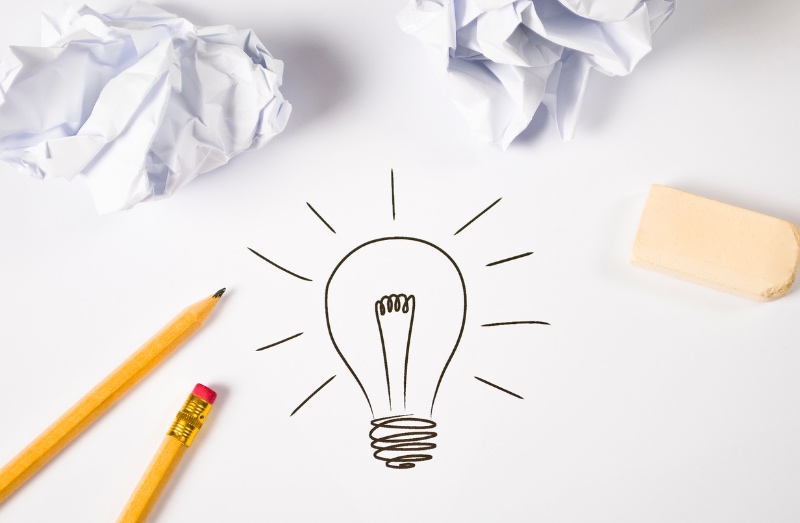
How to Run Group Activities in High School
As a high school teacher, it is essential to include group activities into your classroom activities.
There is strong scientific support for the benefits of group work.
While group work is very beneficial, it can be difficult to manage, especially at the beginning of your career or whenever you get new classes.
Let’s first discuss some benefits of group work, and then we can dive into some tips for successful group work in your classroom!
Benefits of group work

By having students complete group work in the high school classroom, there can be a lot of valuable skills that are learned.
When students work in groups, students will be able to work on their communication skills as they discuss and collaborate with their peers.
Both verbal and non-verbal skills, such as active listening, presenting ideas, and giving feedback, are being worked on.
In addition to communication, group work allows students the opportunity to build teamwork and leadership skills.
Students must collaborate in order to work towards the same common goal, even if ideas clash and they don’t agree. It’s important for students to understand that they will need to work with people from all aspects of life. And they need to be cordial with each other!

Group work will also help increase engagement and motivation among your students.
Most group activities require students to utilize their problem-solving skills. In order to problem solve, students will need to critically think, analyze information, evaluate options, and make decisions. This forces students to focus and work together to solve the problem.
Once students complete a group activity, they will feel a sense of ownership and responsibility, which continues to motivate them.
Now, let’s look at some tips for successful group work.
Tip #1: Set clear expectations

Before you assign groups for an assignment, it is important to communicate clear expectations to the students.
The expectations should include the objective of the activity. In other words, students should be aware of the final goal they are trying to reach.
In addition, based on the type of activity, students should be given all of the requirements and rules for them to be successful.
You should also assign roles to each group member for better organization of tasks.
Examples of roles:
- a leader
- a recorder
- a mediator
- a timekeeper
- a lead presenter
By assigning roles within the groups, students are aware of their specific expectations for the project. This can help prevent one member from dominating the group or a group member being left out.
Tip #2: Monitor progress of the group

Students in high school are still working on their time management skills (aren’t we all?!). As a result, it is important to help foster those skills by monitoring group progress.
By monitoring progress, you are helping to keep students on the right track. The monitoring of progress will help students feel confident in their group and eliminate any frustration of needing to start over.
You can monitor progress of group work in a variety of ways. As students are working, you can walk around the room, listen to conversations, and ask questions to engage students in dialogue.
When monitoring, it will be easy to identify groups who are doing well and groups who may need some assistance.
Tip: Don’t rush in as soon as a group has a problem! Give them time to see if they can solve it themselves. I love encouraging independent learning in my students, and group work is a great opportunity for this!
Tip #3: Reflect on the assignment

When students are working in groups, it is of the utmost importance to debrief and reflect with your students.
Students will be unable to learn valuable lessons if the group project and group work is never mentioned again. By debriefing and reflecting, students will be able to identify what worked well and what didn’t work within their group.
As students are working on self-awareness, they will be able to reflect on what they can continue to do to foster their strengths and what can be done to remedy their weaknesses. Students can also make goals for future group work and what they can improve upon.
When students are given the opportunity to reflect and improve upon their group skills, they are set up for successful collaborations in their future endeavors outside of high school.
Have fun running group activities in high school!
As you can see, group activities are extremely beneficial in the high school classroom.
Group activities promote teamwork, communication, and community within the classroom. In order to gain all of the benefits, it is important to set clear expectations, monitor progress, and engage students in reflection.
By running effective group activities, your students will develop essential skills that will aid them throughout their lives.
Do you have any other tips to help group activities run smoothly in your classroom? I would love to hear them!
Sign up to my newsletter, and hit reply to any of my emails to let me know your ideas!
I hope you have a wonderful day,



